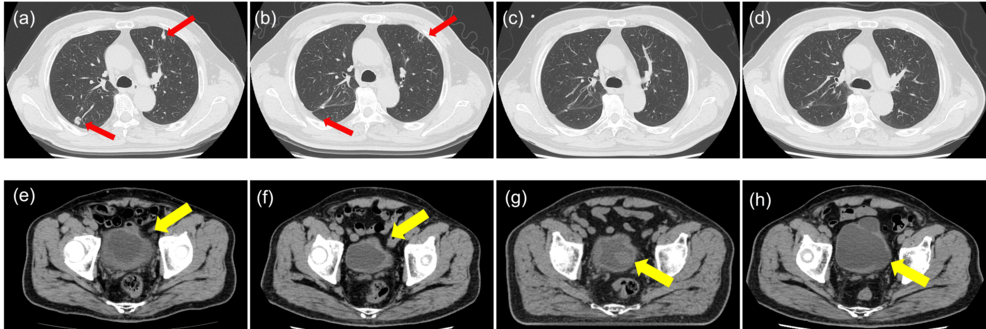If we want to find a potential multi-bagger, often there are underlying trends that can provide clues. Firstly, we’ll want to see a proven return on capital employed (ROCE) that is increasing, and secondly, an expanding base of capital employed. Put simply, these types of businesses are compounding machines, meaning they are continually reinvesting their earnings at ever-higher rates of return. With that in mind, we’ve noticed some promising trends at WCE Holdings Berhad (KLSE:WCEHB) so let’s look a bit deeper.
Trump has pledged to “unleash” American oil and gas and these 15 US stocks have developments that are poised to benefit.
If you haven’t worked with ROCE before, it measures the ‘return’ (pre-tax profit) a company generates from capital employed in its business. The formula for this calculation on WCE Holdings Berhad is:
Return on Capital Employed = Earnings Before Interest and Tax (EBIT) ÷ (Total Assets – Current Liabilities)
0.012 = RM90m ÷ (RM8.2b – RM958m) (Based on the trailing twelve months to June 2025).
So, WCE Holdings Berhad has an ROCE of 1.2%. Ultimately, that’s a low return and it under-performs the Infrastructure industry average of 6.1%.
Check out our latest analysis for WCE Holdings Berhad
While the past is not representative of the future, it can be helpful to know how a company has performed historically, which is why we have this chart above. If you want to delve into the historical earnings , check out these free graphs detailing revenue and cash flow performance of WCE Holdings Berhad.
Even though ROCE is still low in absolute terms, it’s good to see it’s heading in the right direction. Over the last five years, returns on capital employed have risen substantially to 1.2%. The company is effectively making more money per dollar of capital used, and it’s worth noting that the amount of capital has increased too, by 37%. So we’re very much inspired by what we’re seeing at WCE Holdings Berhad thanks to its ability to profitably reinvest capital.
All in all, it’s terrific to see that WCE Holdings Berhad is reaping the rewards from prior investments and is growing its capital base. Since the stock has returned a staggering 191% to shareholders over the last five years, it looks like investors are recognizing these changes. With that being said, we still think the promising fundamentals mean the company deserves some further due diligence.








